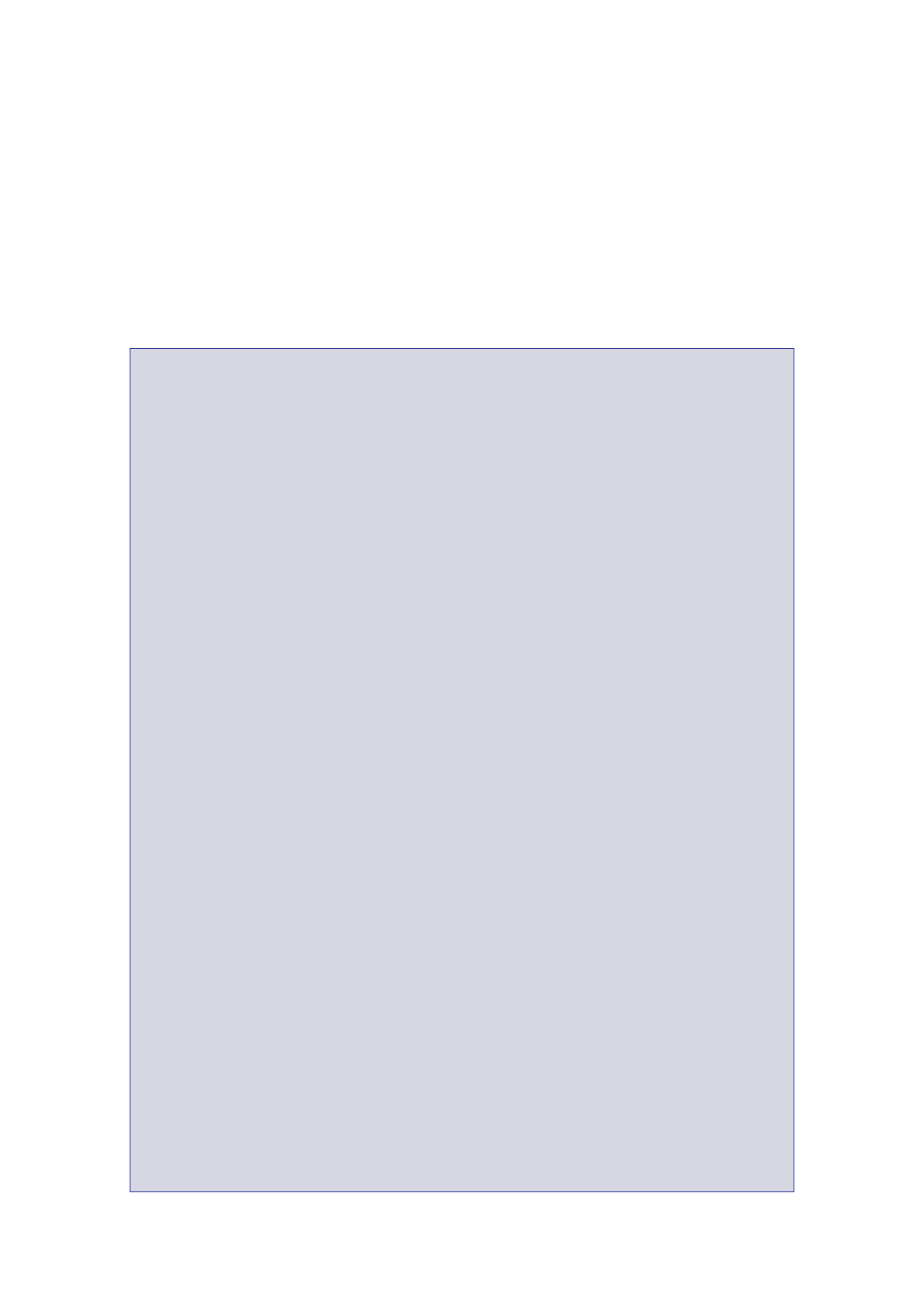
The Report
of the Iraq Inquiry
•
The text on
nuclear weapons in the draft Foreword was amended to state
the
papers
showed only that Saddam Hussein was “still seeking to acquire
nuclear
weapons”.
•
References
to Iraq’s ability to produce ricin and its effect were added to
the
section on
biological agents in the paper on Iraq’s WMD
programmes.
524.
The key points
in the paper on UN inspections, which drew on published
and
intelligence
sources, including reports by UN personnel and non-Government
sources,
are set out
in the Box below.
The draft
FCO paper on weapons inspections stated:
“The
history of UN weapons inspections in Iraq has been characterised by
persistent
Iraqi
efforts to frustrate, deceive and intimidate inspectors. Despite
the conduct of the
Iraqi
authorities towards them, both UNSCOM and the IAEA … have valuable
records
of
achievement …
“By the end
of 1998 there nevertheless remained significant uncertainties about
the
disposition
of Iraq’s prohibited WMD programmes. A series of confrontations and
the
systematic
refusal by Iraq to co-operate, left UNSCOM unable to perform its
mandate
and the
inspectors withdrew …”
Since
December 1998, Iraq had:
“… refused
absolutely to comply with its UN … obligations and allow access
to
weapons
inspectors. We judge that Iraq has used the intervening … period
to
rebuild
significant aspects of its chemical, biological, nuclear and
ballistic missile
programmes.”
That was “a
direct challenge to the authority of the UN”. In addition, Iraq’s
actions
breached
its commitments under:
•
the Biological
and Toxin Weapons Convention – which bans the
development,
production,
stockpiling, acquisition or retention of biological weapons;
and
•
the Nuclear
Non-Proliferation Treaty – which prohibits Iraq from manufacturing
or
otherwise
acquiring nuclear weapons.”
The paper
described the setting up of two inspection teams in accordance with
the
provisions
of resolution 687 (1991) and set out an account of Iraq’s
concealment of
its
activities together with a list of “infamous examples” of Iraq’s
harassment of the
inspectors.
The 20 June
version of the paper acknowledged that special access to
Presidential
sites had
been negotiated in 1998. A statement in the initial draft that the
sites housed
units
“which had in the past been associated with concealing Iraq’s WMD
programme”
was
replaced by a statement that they were “an integral part of Iraqi
counter-measures
expressly
designed to hide weapons material”.
The initial
reference to Iraq having “admitted… a large, effective, system for
hiding
proscribed
material” was replaced by a reference to Iraq’s acknowledgement
that it had
set up a
unit in April 1991 to “conceal vital aspects of its proscribed
programmes”.
106
